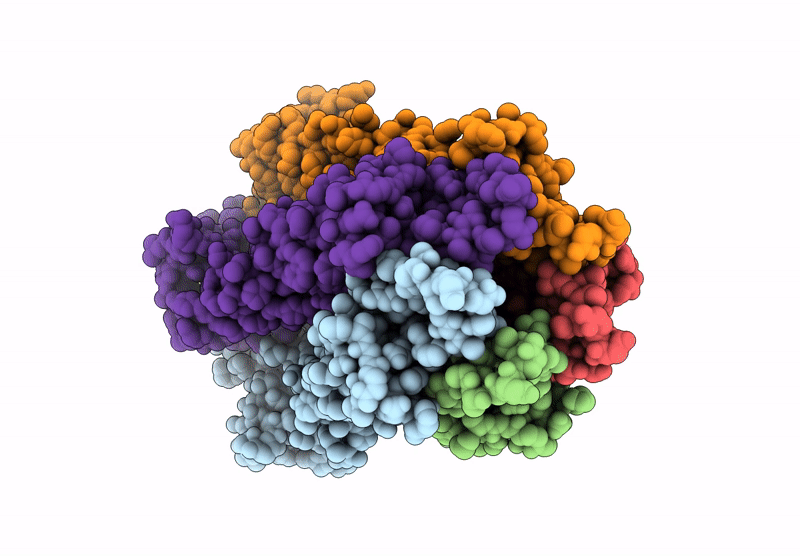Abstact
Gram-negative bacteria harness the proton motive force (PMF) within their inner membrane (IM) to uphold cell envelope integrity, an indispensable aspect for both division and survival. The IM TolQ-TolR complex is the essential part of the Tol-Pal system, serving as a conduit for PMF energy transfer to the outer membrane. Here we present cryo-electron microscopy reconstructions of Acinetobacter baumannii TolQ in apo and TolR-bound forms at atomic resolution. The apo TolQ configuration manifests as a symmetric pentameric pore, featuring a transmembrane funnel leading toward a cytoplasmic chamber. In contrast, the TolQ-TolR complex assumes a proton nonpermeable stance, characterized by the TolQ pentamer's flexure to accommodate the TolR dimer, where two protomers undergo a translation-based relationship. Our structure-guided analysis and simulations support the rotor-stator mechanism of action, wherein the rotation of the TolQ pentamer harmonizes with the TolR protomers' interplay. These findings broaden our mechanistic comprehension of molecular stator units empowering critical functions within the Gram-negative bacterial cell envelope.



